Alexander Dennis, a subsidiary of NFI Group Inc., one of the world’s leading independent global bus manufacturers, today launched its next generation of battery-electric buses for the UK and Ireland with the unveiling of the new Enviro100EV small bus and Enviro400EV double decker. They provide a step change in performance and are part of a wider family of next-generation zero-emission buses.
The new buses have been engineered fully in house as zero-emission vehicles from the ground up. They introduce a stunning new design language that emphasises their zero-emission credentials and allows local authorities and bus operators to make a landmark statement of their investment in a cleaner fleet.
“It’s time for us to take the next step and take zero-emission buses to the next level”
Alexander Dennis President & Managing Director Paul Davies said: “The pace of change in our industry is rapid. We are proud of the progress we’ve made with electric buses over the last seven years, and our wide range of low-emission technologies before that. Now it’s time for us to take the next step and take zero-emission buses to the next level.
Advertisement
“We’re giving authorities and operators more choice, more flexibility and more value with our next generation of battery-electric buses.”
Innovation with leading technology partners
Alexander Dennis has integrated the new zero-emission driveline in house, working with leading technology partners.
Voith Turbo supplies the Voith Electrical Drive System (VEDS), which has been specifically developed for the requirements of urban and interurban buses. While the Enviro100EV uses the medium-duty variant of VEDS, the heavy-duty version is employed in the Enviro400EV for gradeability and maximum reliability even at higher operating speeds.
A future-proof battery system has been developed in partnership with Impact Clean Power Technology. Using NMC lithium-ion cells, it delivers a higher total energy throughput – up to 1.4GWh in the Enviro400EV – that will allow operators to meet operational requirements with the original set of batteries for longer.
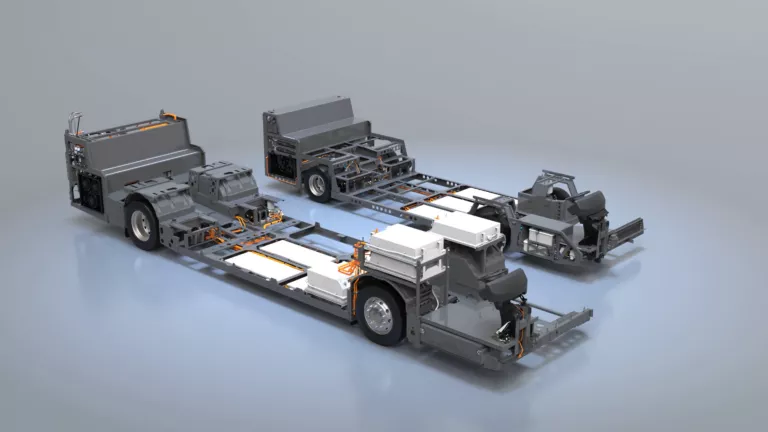
The battery packs are mounted within the chassis and rear of the vehicle as well as under the staircase of the Enviro400EV. Underfloor packs are mechanically isolated rather than directly bolted to the chassis, protecting them against external loads from twists and impacts that could cause premature failure.
If replacement batteries are needed during the operational life of a vehicle, they will benefit from advances in battery capabilities without the need for vehicle modifications as pack dimensions and interfaces with the vehicle are standardised. Impact is already planning a future iteration of NMC batteries for Alexander Dennis that is expected to increase range even further.
“Investment will stand the test of time”
Advertisement
Alexander Dennis Group Engineering Director Chris Gall said: “Impact and Voith both stood out with their innovation and attention to detail when we chose the technology partners for our next generation of buses. Our engineers’ work has extended beyond finding the best solutions for our customers as we have spent the time to design future-proof vehicle interfaces that also protect these critical components so that authorities and operators’ investment will stand the test of time.”
Benefits for passengers, drivers and vulnerable road users
With battery locations optimised to balance weight distribution and avoid intrusion into passenger spaces, the Enviro400EV double decker has a conventional lower saloon layout with a flat floor, improving legroom for seated passengers and increasing overall passenger capacity by up to 19%.
Access to the upper deck is via Alexander Dennis’s proven ‘squarecase’ with no angled steps, which offers an optimum combination of practicality and safety. Once upstairs, passengers will enjoy the view through full depth windows as well as a new panoramic upper front glass and optional skylights.
The working environment for bus drivers has also been improved with a new steering wheel, configurable dashboard display and improved heating, cooling and ventilation in the cab.
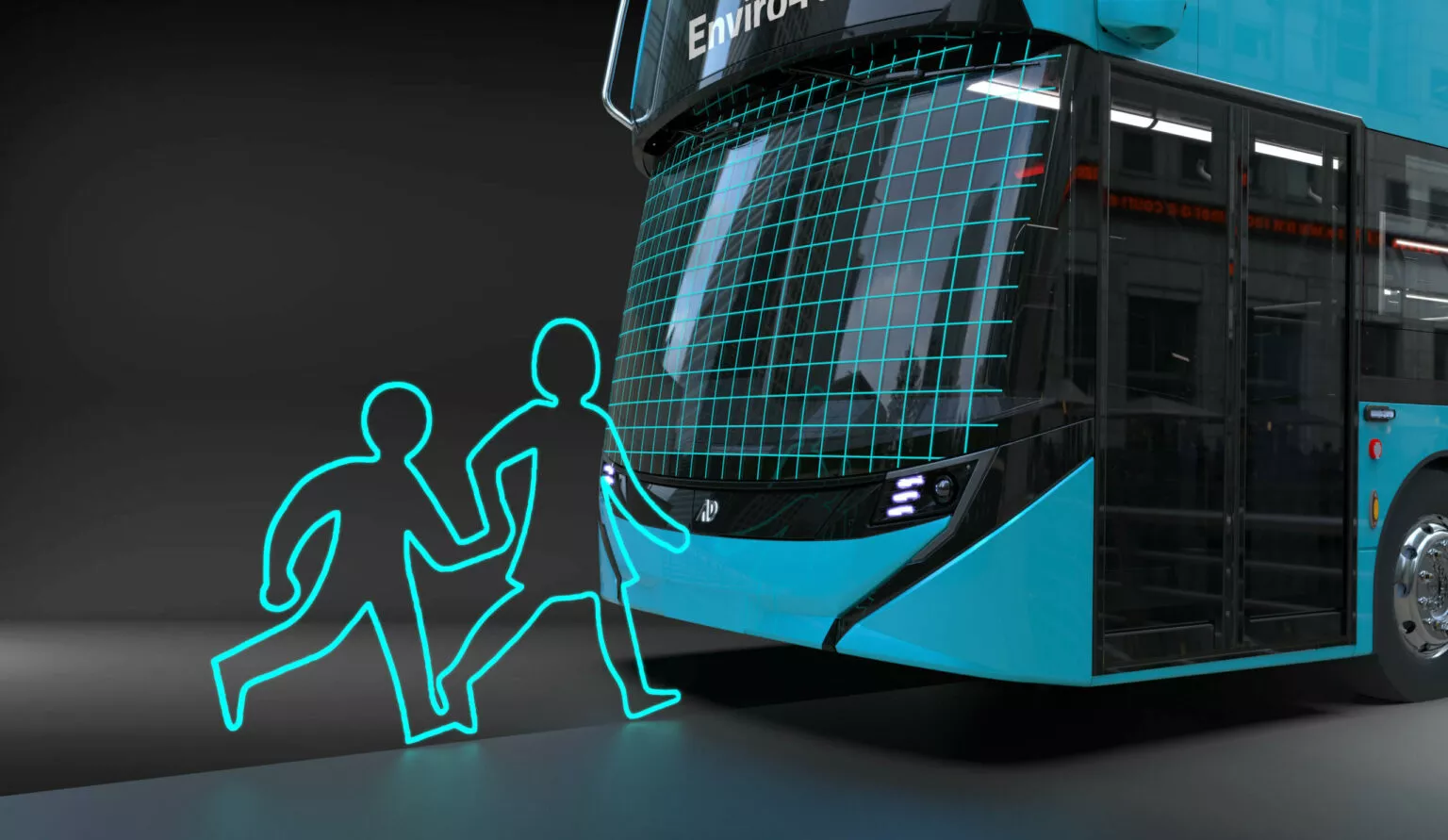
A redesigned geometry of the vehicle front provides drivers with better direct vision and protects vulnerable road users. Chris Gall explained: “We’re applying proven principles from the car industry to buses: provide improved visibility for the driver, modify the form of the front end to offer angles that deflect rather than impact, and reduce system stiffness to mitigate the risk of any impact that does occur.”
Combined with further measures around the vehicle including latest assistance technologies such as speed limiting technology and audible warnings, Alexander Dennis’s next generation of battery-electric buses meets current and upcoming targets of Transport for London’s Bus Safety Standard, for which the manufacturer has been a development partner and was recognised with a TfL Supplier Award.
Industry-leading warranty and total cost of ownership calculation
The new Enviro100EV and Enviro400EV come with an industry-leading five-year warranty as standard. Paul Davies said: “We believe that the thoughtful engineering, premium component specification and build quality should be backed up, and it will be. Our batteries have an eight-year warranty as standard, and an extension is available out to 12 years on a sensible commercial basis.”
Alexander Dennis will work with authorities and operators to model their operational requirements for its next-generation electric buses through an industry-standard multi-physics simulation, estimating the useful life of their batteries on the intended routes and producing running boards covering daily temperature and battery state of health.
Advertisement
Sample analysis shows that thanks to its class-leading 1.4GWh energy throughput, the Enviro400EV will be able to cover two consecutive seven-year contract terms on typical Transport for London routes without a battery change, or typical provincial routes for up to 20 years with just one mid-life change of batteries.

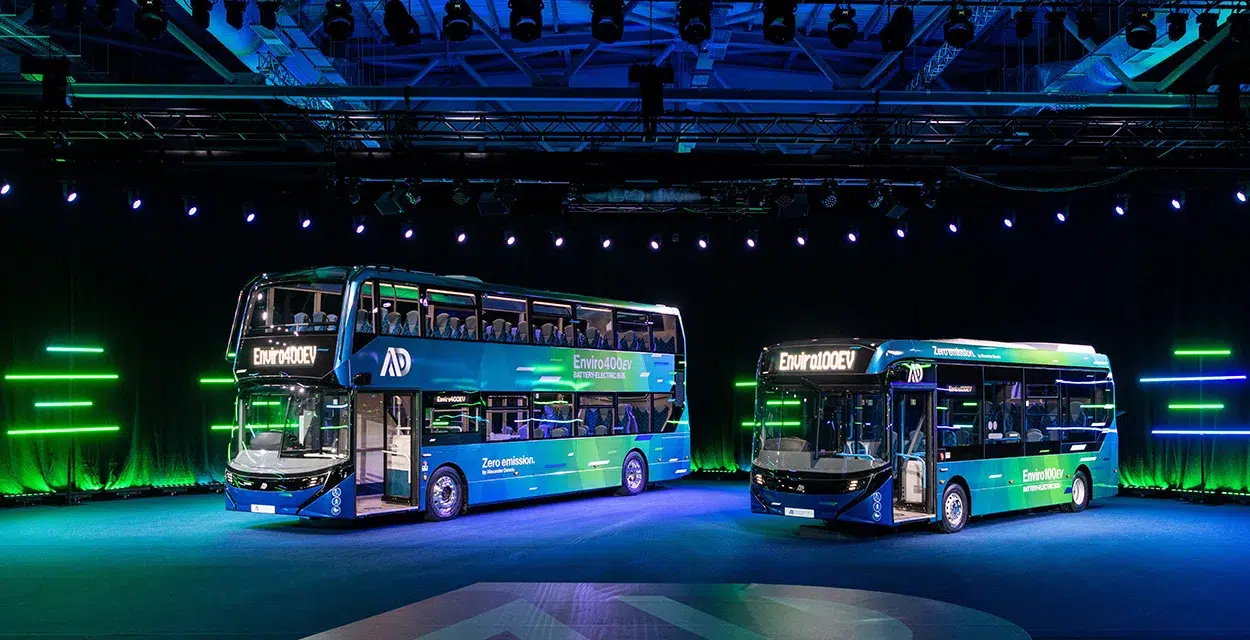
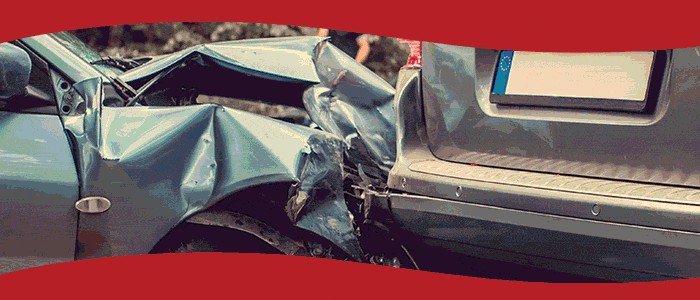




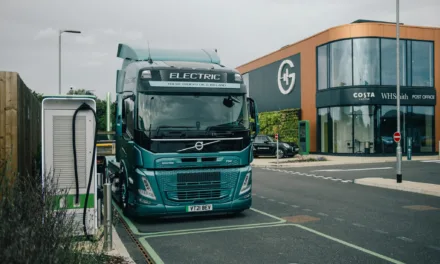






An interesting read. Thank you for sharing!